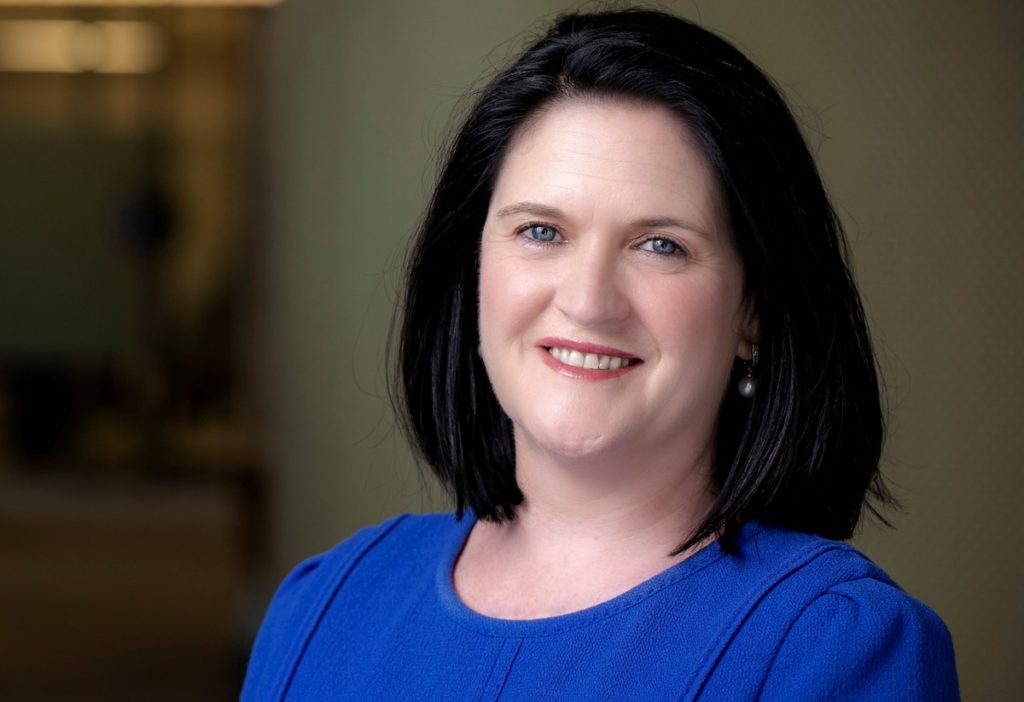Women now account for 50.4 per cent of the positions on government boards in agriculture, fisheries and forestry-related fields, Federal Agriculture Minister David Littleproud has said.
The achievement comes as Frances-Anne Keeler (pictured above) steps into her new role as director of Wine Australia.
While the step is undoubtedly a boon for gender equality in the traditionally male-dominated sector – there is still “a long way to go” when it comes to achieving similar numbers of female leaders in the private agricultural sector.
Littleproud says that achieving this 50/50 split in male and female director roles has been a long term goal of his.
He also thanked the previous Agriculture Minister, Bridget McKenzie, for her work on achieving gender parity.
“I thank all of the 67 women who are providing advice to me as Agriculture Minister. From Dr Kate Andrews who is helping the government decide on priorities to fund under our $5 billion Future Drought Fund, to Dr Anne Astin who is contributing her scientific expertise to improve our agricultural and veterinary chemicals legislation.
“We need these female leaders, and their diverse ideas and approaches, to ensure we can grow agriculture to $100 billion by 2030,” Littleproud said.
Until the mid 1990s, women were unable to list their occupation as a farmer on the Australian Government Census. Instead they were required to nominate their job as silent partners, “domestics”, “helpmates” or farmers’ wives. In the long history of farming in this country – and the invaluable role that women have played in it – women have not been recognised for their true commitment to the agriculture industry for very long.
In February at the ag industry’s Thriving Women conference in South Australia, National Farmers’ Federation President, Fiona Simson, told delegates that the peak national body representing farmers wants to not only achieve gender parityy in agriculture, but “double the number of women [in the industry] by 2030”.
One thing Simson is very passionate about is creating more of a gender balance in agriculture, particularly in management roles. As a leader who is often “the only woman in the room”, it’s about having open conversations with both women and men about considering women for roles and mentoring them along the way.
In February, women comprised about 41 per cent of the workforce in agriculture, but just 18 per cent of managers in the sector were women. Just 2.3 per cent of CEO roles in agriculture are held by women, compared to about 17 per cent in other industries, Simson said.
“We still have a long way to go, but there is a huge opportunity here,” she said.
“In each role I’ve had I’ve tried to look at women’s representation and enhance that. It’s important as women that we raise up other women and support them,” Simson said.

